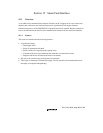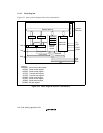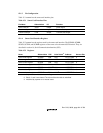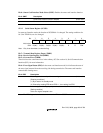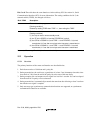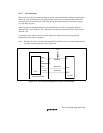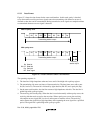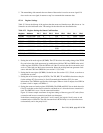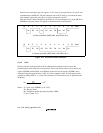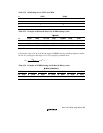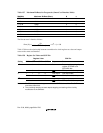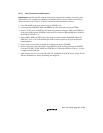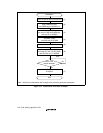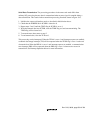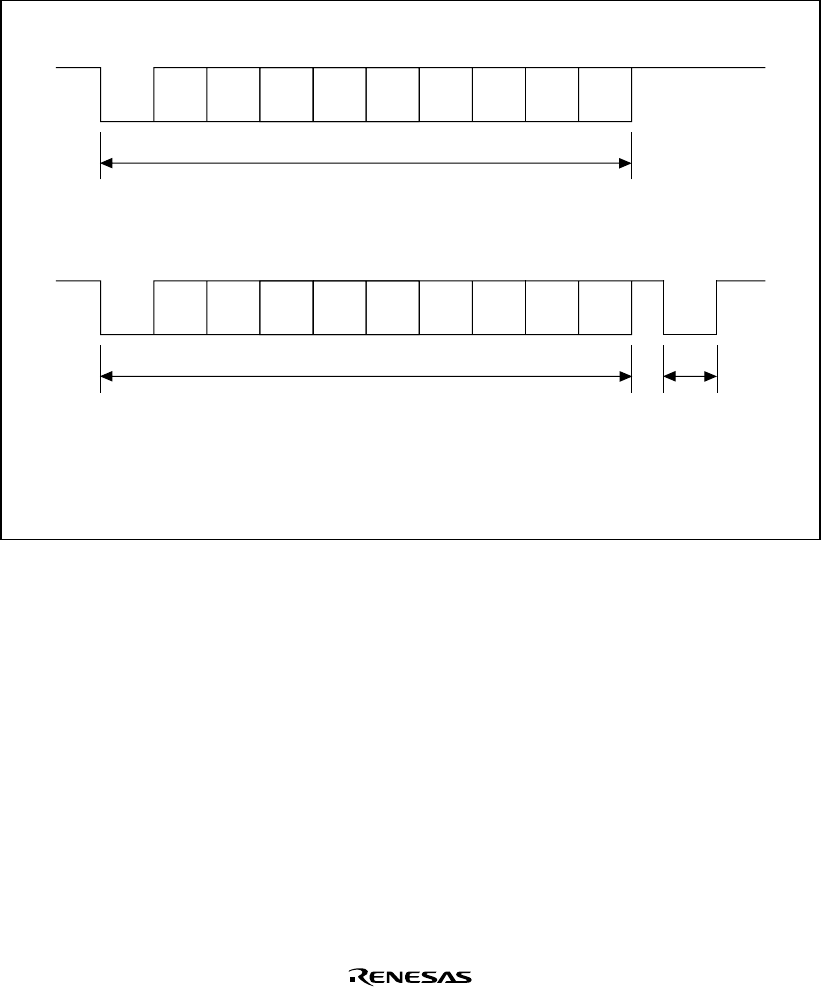
Rev. 5.00, 09/03, page 496 of 760
15.3.3 Data Format
Figure 15.3 shows the data format for the smart card interface. In this mode, parity is checked
every frame while receiving and error signals sent to the transmitting side whenever an error is
detected so that data can be re-transmitted. During transmission, error signals are sampled and data
re-transmitted whenever an error signal is detected.
Ds D0 D1 D2 D3 D4 D5 D6 D7
Dp
With no parity error
Transmitting station output
Ds D0 D1 D2 D3 D4 D5 D6 D7
Dp DE
With parity error
Transmitting station output
Receiving
station output
Ds:
D0−D7:
Dp:
DE:
Start bit
Data bits
Parity bit
Error signal
Figure 15.3 Data Format for Smart Card Interface
The operating sequence is:
1. The data line is high-impedance when not in use and is fixed high with a pull-up register.
2. The transmitting side starts one frame of data transmission. The data frame starts with a start
bit (Ds, low level). The start bit is followed by eight data bits (D0–D7) and a parity bit (Dp).
3. On the smart card interface, the data line returns to high-impedance after this. The data line is
pulled high with a pull-up register.
4. The receiving side checks parity. When the data is received normally with no parity errors, the
receiving side then waits to receive the next data. When a parity error occurs, the receiving
side outputs an error signal (DE, low level) and requests re-transfer of data. The receiving
station returns the signal line to high-impedance after outputting the error signal for a specified
period. The signal line is pulled high with a pull-up register.




